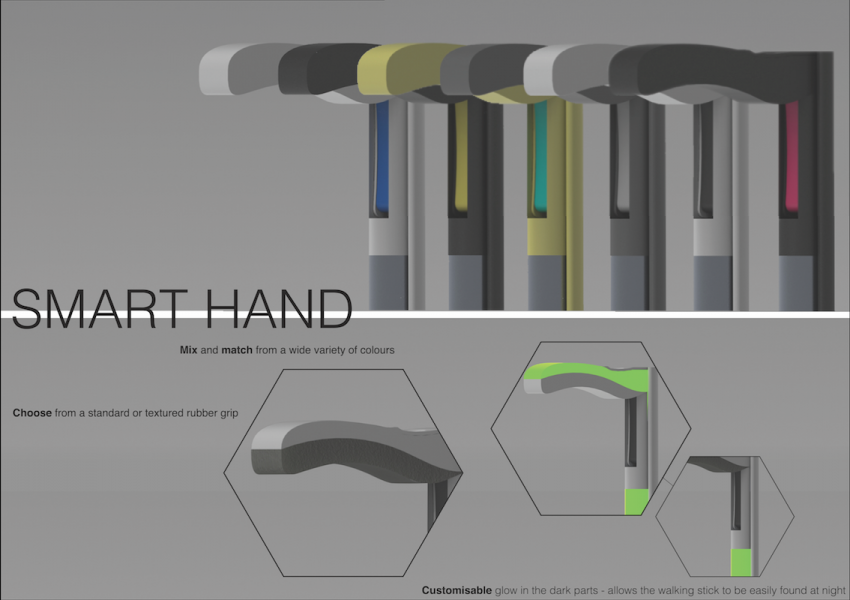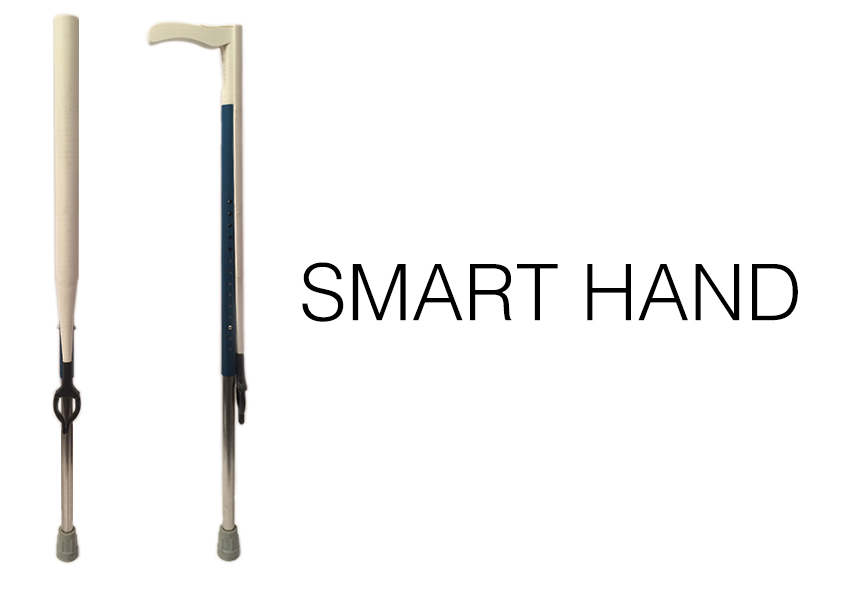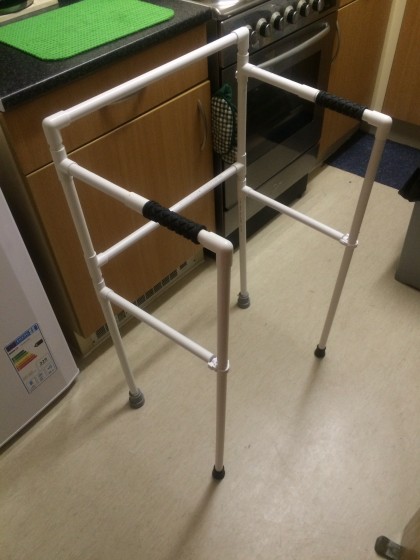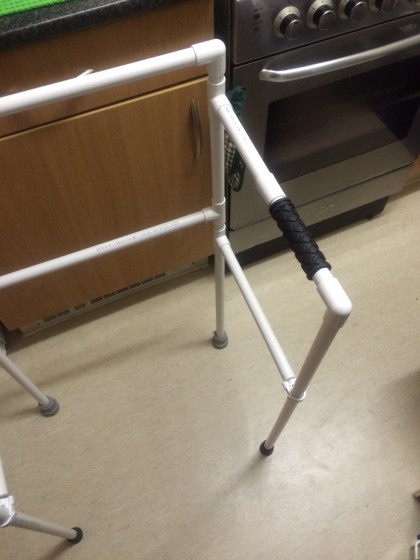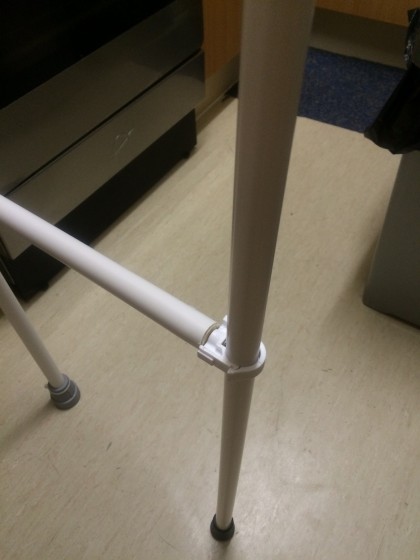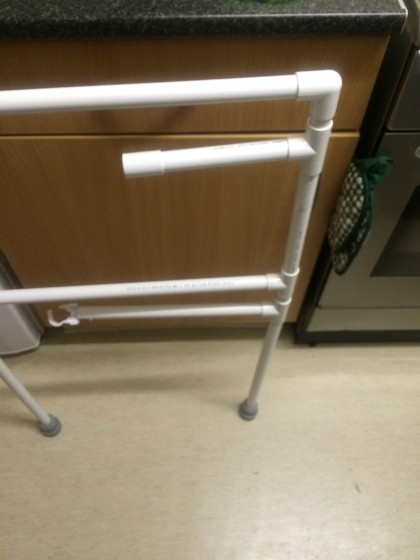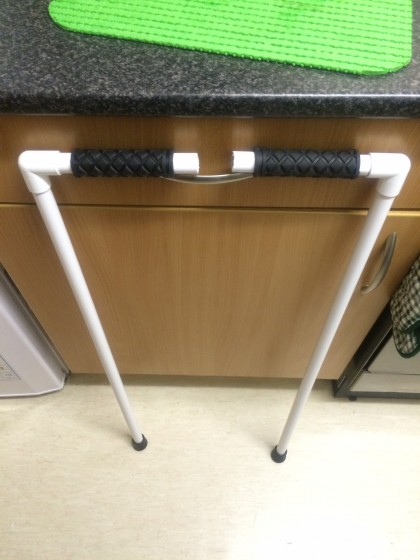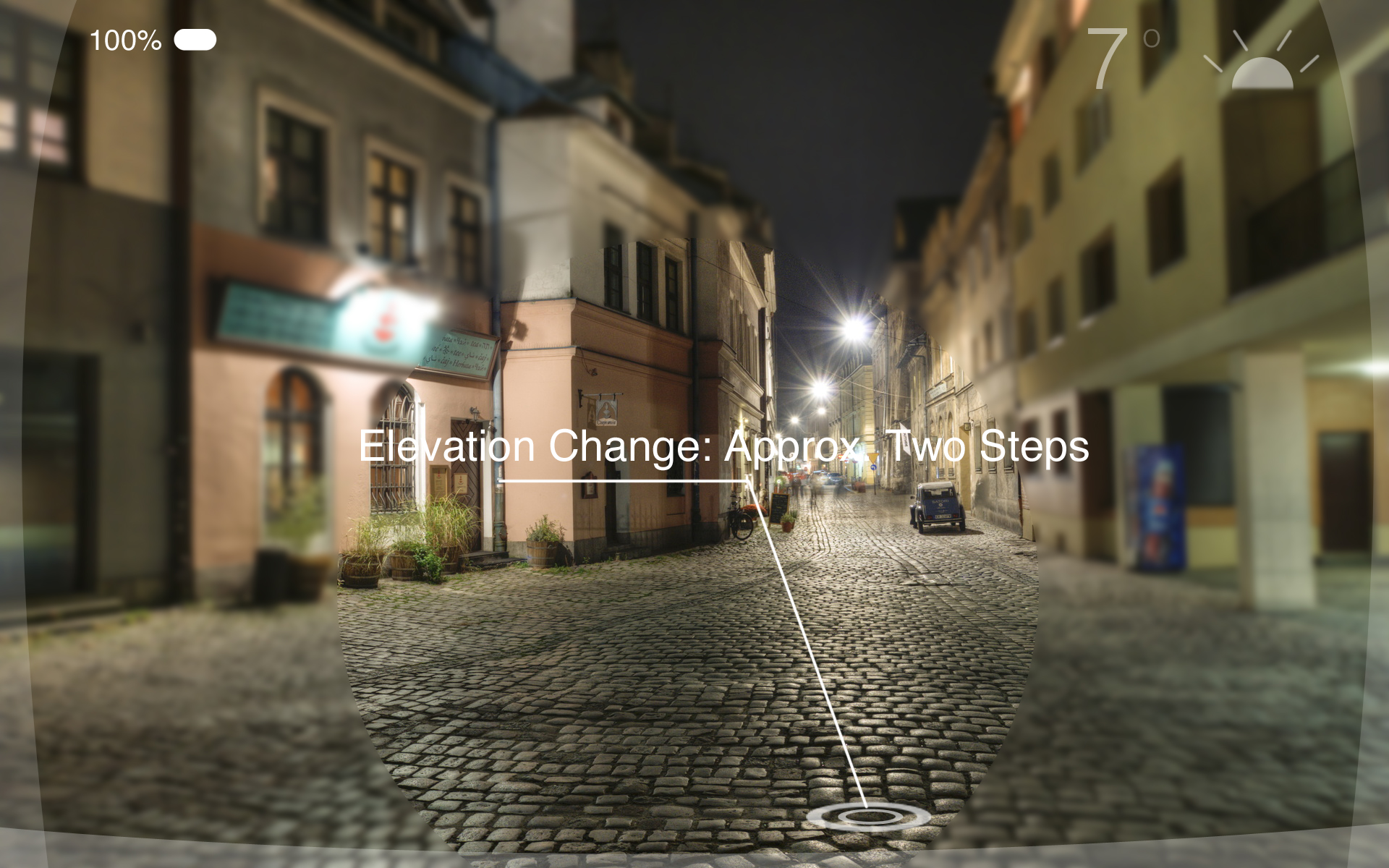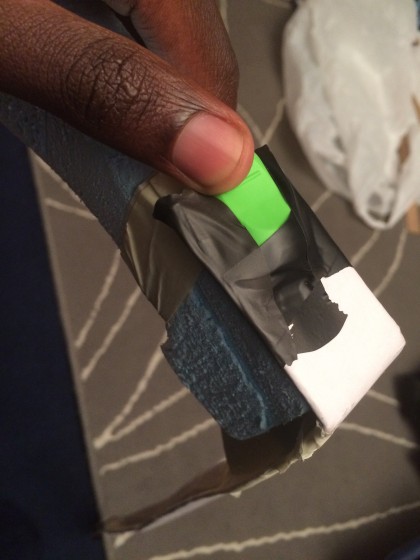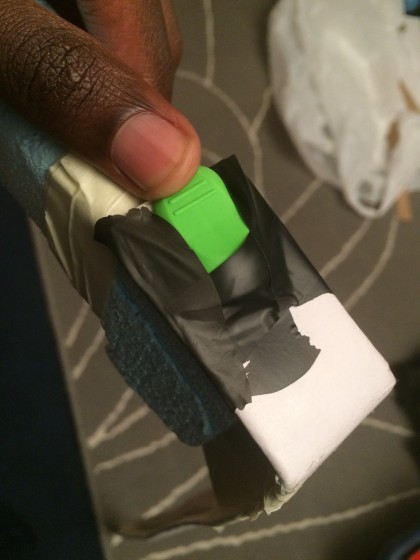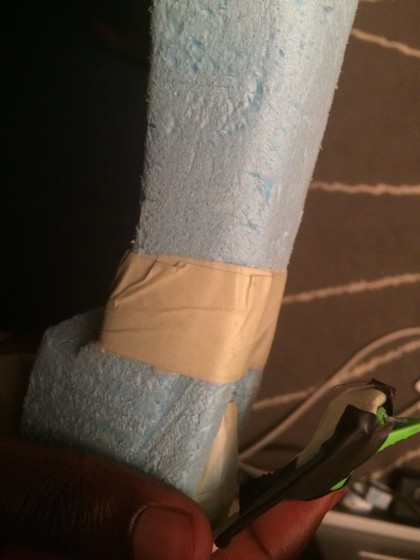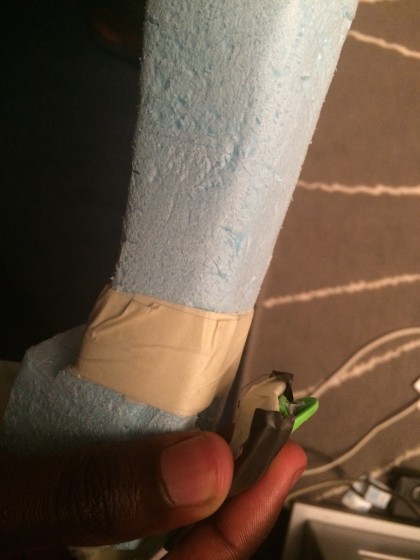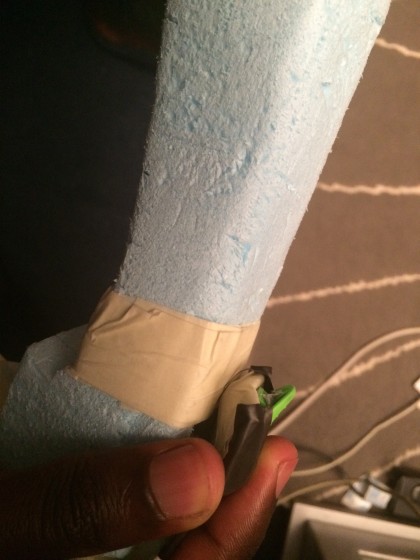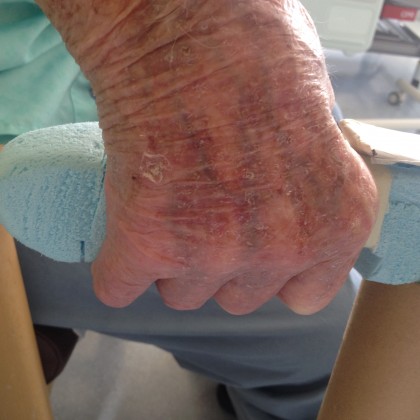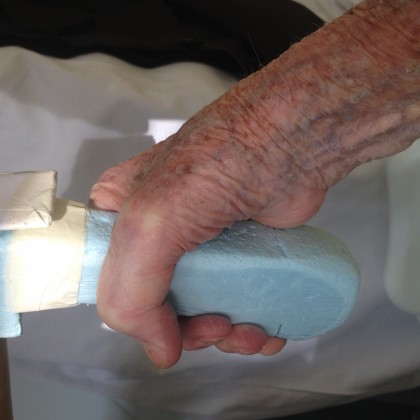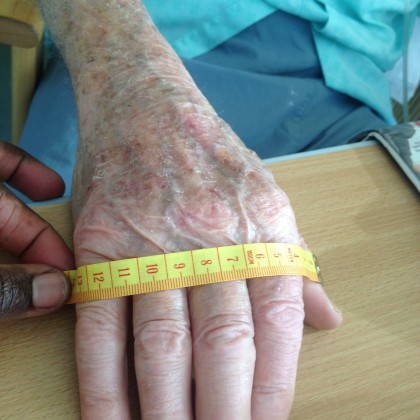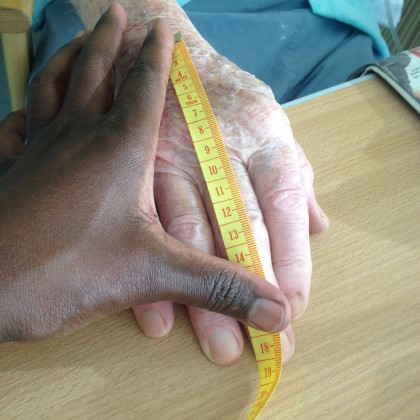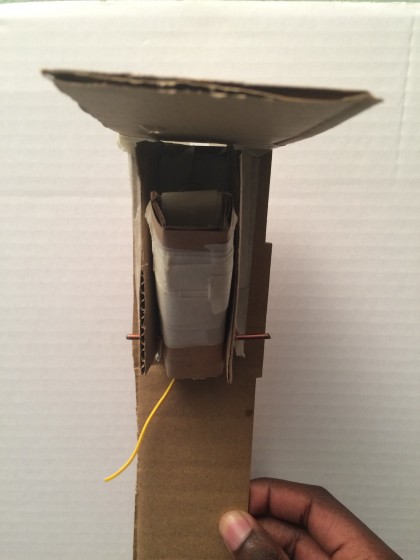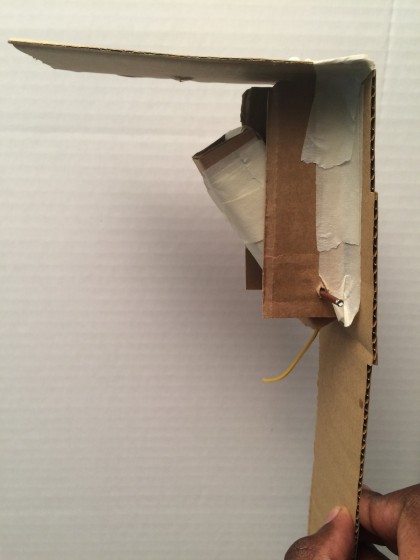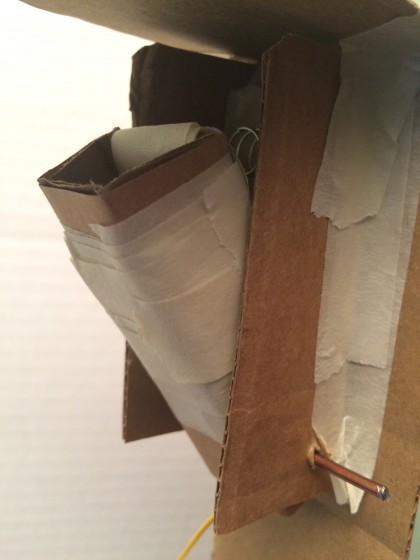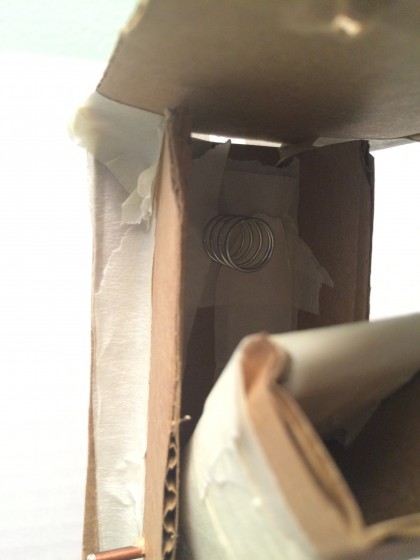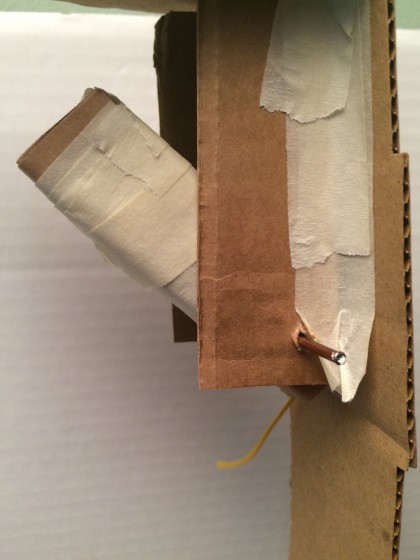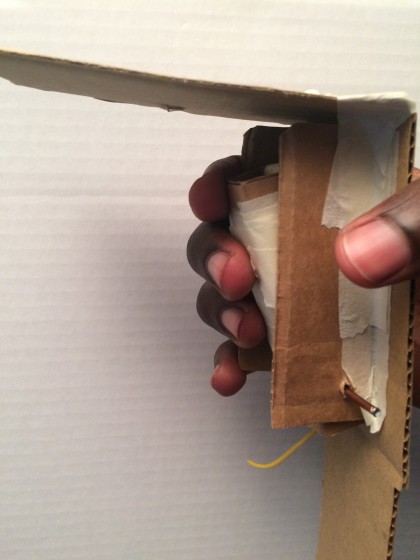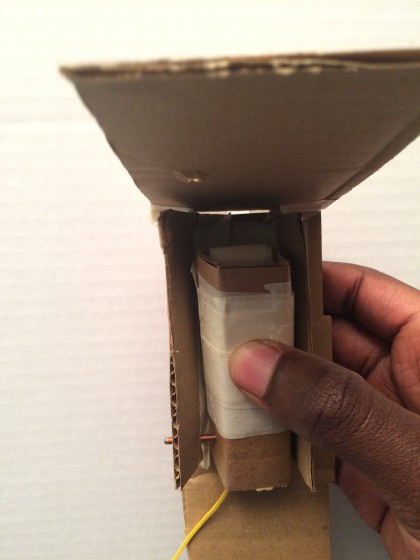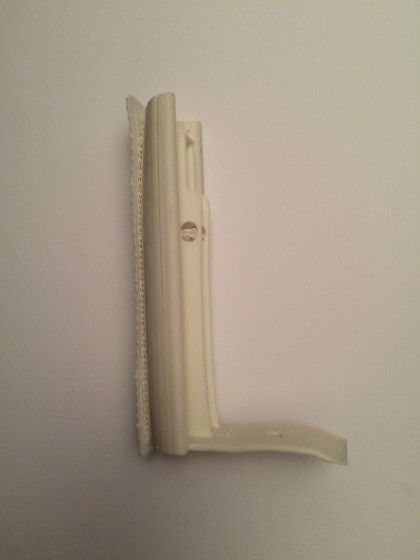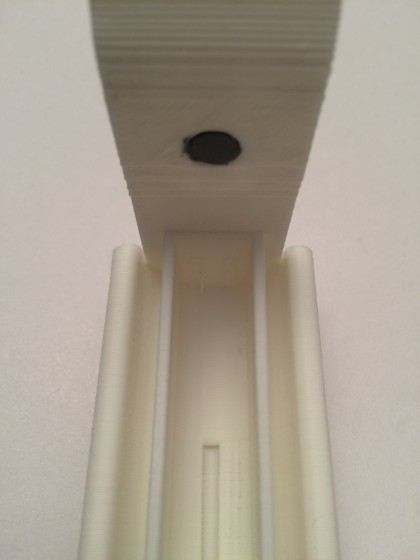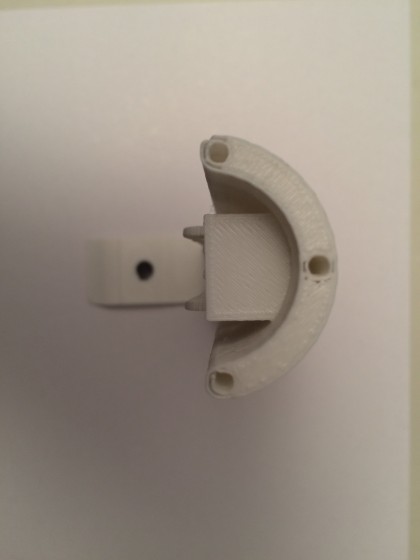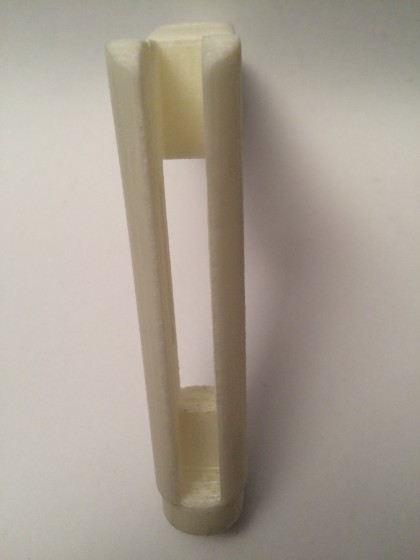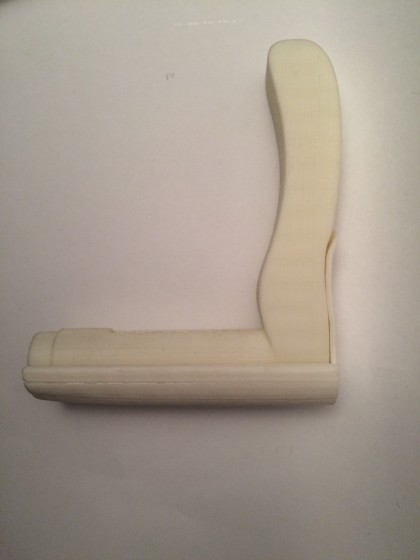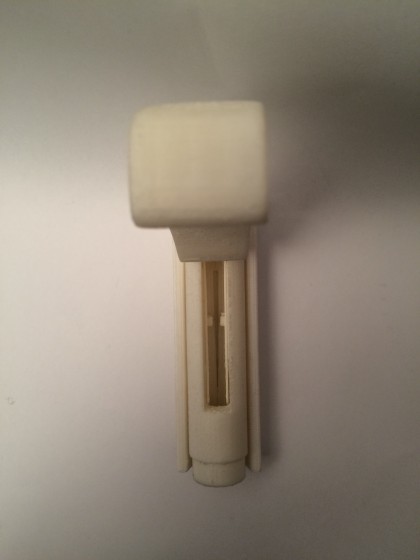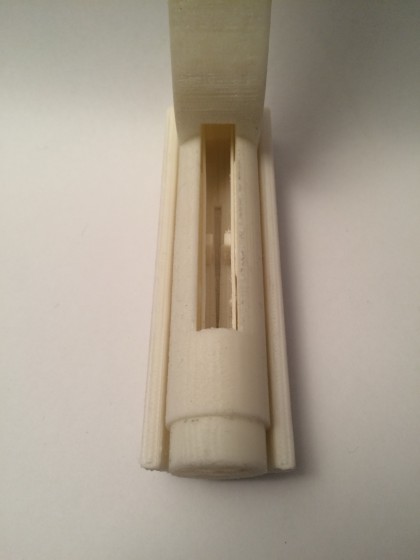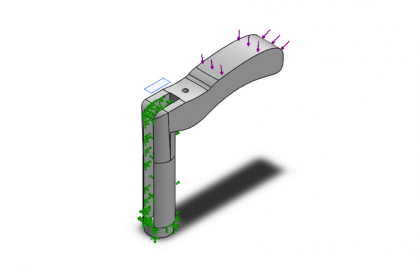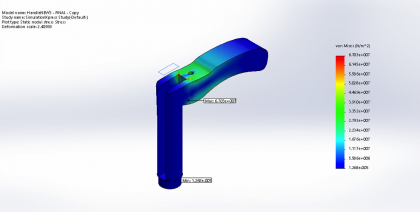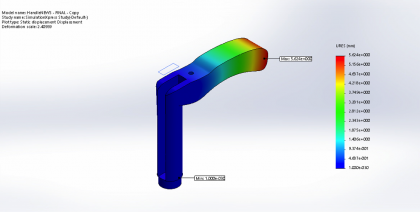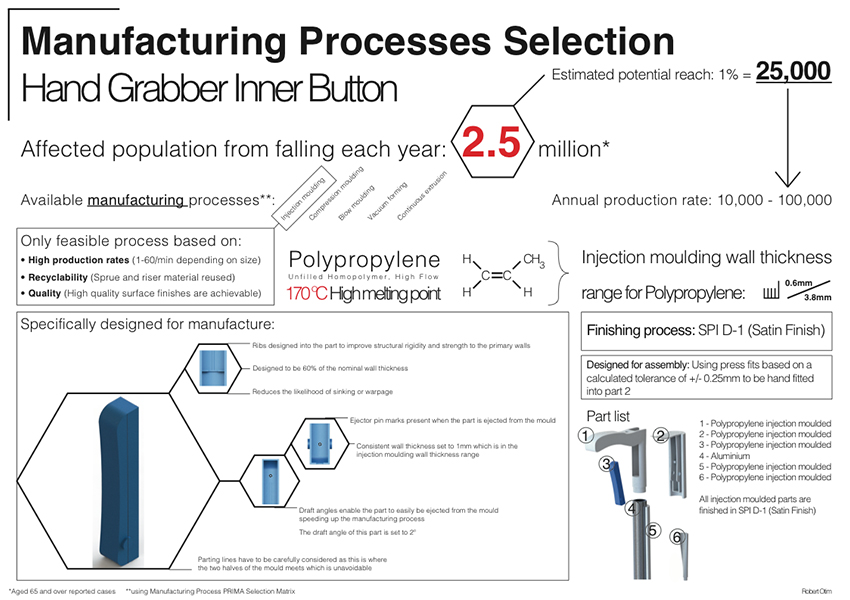This was a year long project during my second year whilst studying at the University of Brighton. The main topic/theme we were exploring and had to adhere to were products/experiences/services for people aged 65 and over.
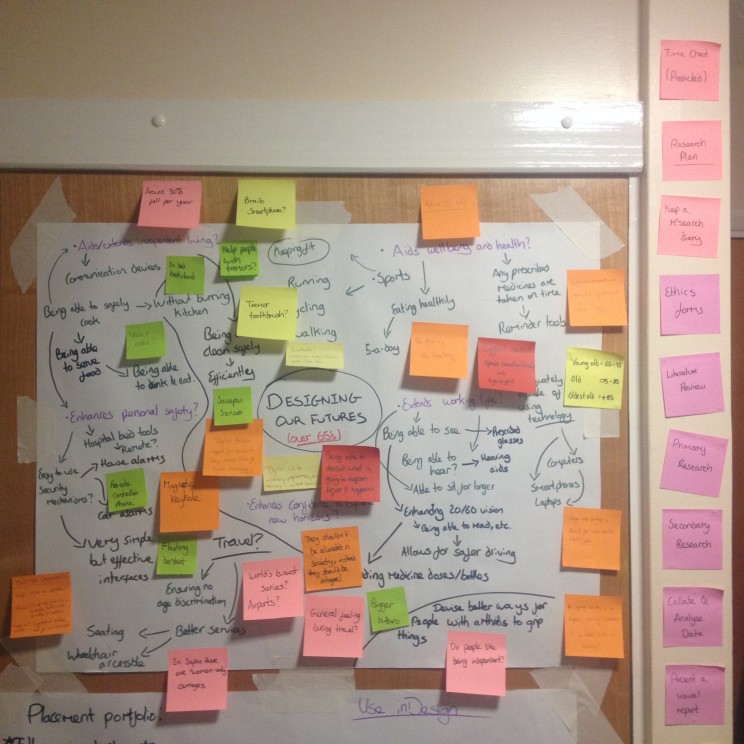
The first step involved producing a Gantt Chart to arrange every single task that needed to be completed to ensure project completion. I brainstormed several possible project areas before finally deciding to pursue a project on Falls in Elderly People. I chose this area because I knew of various people over the age of 65 who had some severe consequences as a result of a fall earlier on in their life. There were a range of different projects with fellow students tackling problems such as, Dementia and Parkinson’s Disease to name a few.
Brief:
Design a product or a range of products that will reduce the risks and effects of falls in elderly people.
Research:
The design research consisted of several avenues which was to thoroughly understand the problem and the scale of it. In addition, it was also to put ourselves in the user’s mindset and understand how they interact with products, the challenges they face and what they do to overcome these challenges daily.
We were fortunate enough to have an arranged trip to a Daily Living Centre which was home to many products that other designers and companies had produced for older people. To learn more about the trip please see my blog. Having interviewed, visited and observed participants and reviewed literature about the problem, I created this animated video to highlight all of the above points. (If the video below does not work, please click this link).
*Animation created using Adobe Effects with a soundtrack created using Garageband.
Ideation:
A lot of time was spent on generating as many ideas as possible and deferring judgement until those ideas were shortlisted. Varying creativity techniques were used to such as, brainstorming, Ishikawa (fish-bone) diagrams, task analysis and many more. Shortlisted concepts were then compared to the user requirements specification that was created in the research stage.
The walking frame with detachable walking sticks concept was created based on observations of participants in their own settings. Made out of cheap plastic water pipes, rubber ferrules and bike grips it was designed to gauge the functionality and usability of the concept.
The augmented reality concept would alert users to things such as, elevation changes and inanimate objects. This was a concept that provoked a lot of interest from my participants, lecturers and other students. Exploring the concept further led me to focus on the user interface:
I made the decision to further develop a walking stick with a detachable hand grabber concept as it was a more practical and realistic solution for my participants as they had indicated. I had observed participants trying to use their walking sticks not only for support, but also to remove objects out of the way resulting in a period of time where they were unsupported increasing the likelihood of a fall.
Development:
The use of human factors in this project looked at areas such as ambient settings, dexterity, desirability, physical and psychological pleasures.
Bioluminescent paint was used on the prototype to allow users to easily identity key components in ambient lighting or darkness. After figuring out the mechanics of attaching the hand grabber to the walking stick it enabled me to explore how to keep the two parts together. Trying several options, magnets proved to be the only viable and suitable method of keeping the two parts together.
On the model above, the user would slide the hand grabber off with one finger or thumb into their other hand whilst supporting themselves. When placing the hand grabber back into the walking stick, the two magnets would make a sound alerting users that the two parts were firmly secured.
I took the prototype to multiple participants to compare the usability and the anthropometric data that I had collated from various literature sources catering to the 5th and 95th percentiles. Based on the results, the handle length needed to be reduced to make it more comfortable and improve the usability of the prototype.
Further refinement was made to the 3D CAD model using stress and strain simulation tests before creating additional 3D printed handles.
We were asked to research how certain parts of the product would be manufactured and what processes were available based on the scale of the problem and how many units would need to be produced.
An advertising poster was produced to show the key features and range of colours the product offered. Within the hand grabber body is a steel wire that is used to operate the hand grabber jaws. This can only be activated by the user pressing the button which slots into the walking stick handle. The chosen colours are contrast sensitivity colours that were based on data collected whilst applying human factors principles to the model.
